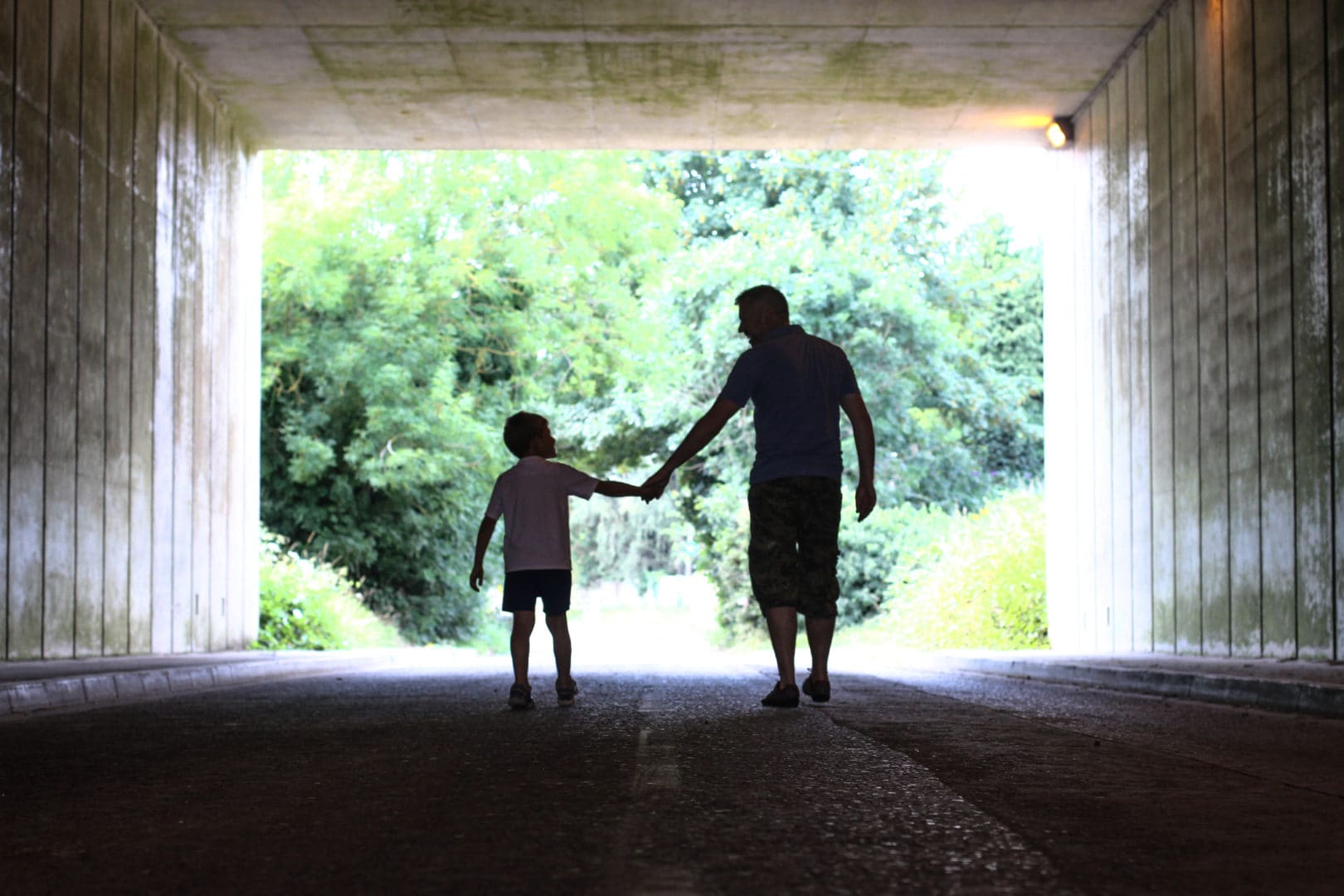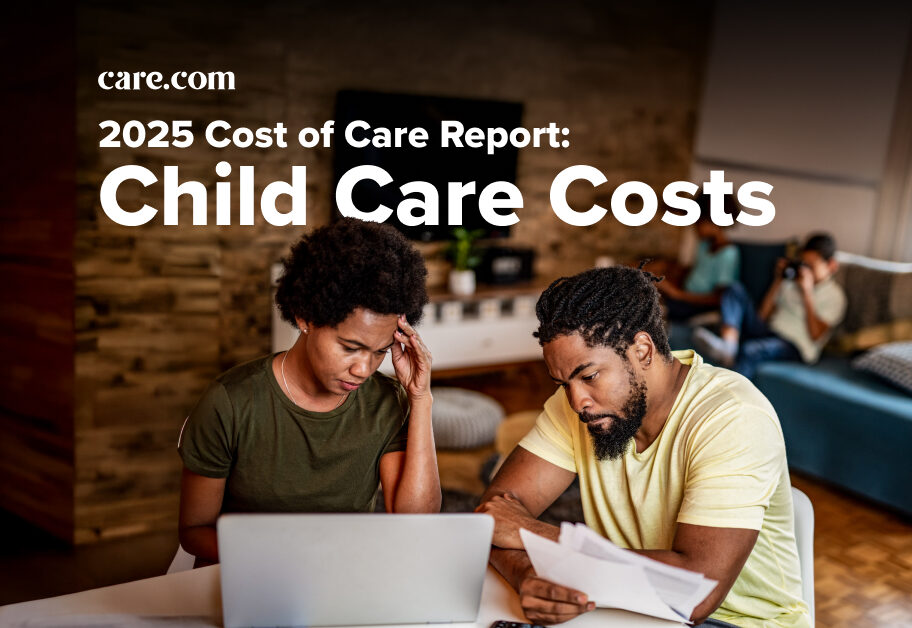We may all be settling into our new normal in the era of COVID-19, but a longing for our old normal — or any kind of normal with some human contact, please! — still sits in the back of most of our minds. After weeks of staying home, physically distancing and, more recently, seeing glimmers of hope that collective efforts to flatten the curve may be working, most of us are starting to wonder not just when we’ll be able to leave our homes again but what life will look like once we do.
“I expect social distancing and other precautionary protocols to be part of our lives for the foreseeable future,” notes Dr. Andrew Youssouf, a board-certified emergency medicine physician in Red Bank, New Jersey. “While it’s unclear exactly how long we’ll be standing six-feet apart from people, it’s safe to say there will be adjustments to how we’re all used to living, and these changes will likely last longer than we’d all like.”
From school openings to potential new protocols to advice on traveling, here’s what the experts are saying, right now anyway, that coming out of lockdown could look like for many families.
How long will physical distancing last once stay-at-home orders are lifted?
The short answer: A while. According to Youssouf, there’s the potential for social distancing to last “months or even years.” But even with this being a possibility, there’s still room for more socialization than we’re all experiencing now under stay-at-home orders.
“As we flatten the curve, restrictions will be loosened, and we’ll be able to restart the economy and travel more freely, but densely crowded places, such as bars and concerts, will continue to have potential for super-spreading,” says Youssouf. “When these venues do open again, expect new protocols such as social distancing parameters and limits on the number of patrons allowed — and expect these restrictions to be fluid, with recommendations changing frequently to meet evolving circumstances.”
The White House recently unveiled its plan for opening the country up again, a three-phase approach in which physical distancing protocols remain stringent for everyone in the first phase, more lax in the second phase and advised only for vulnerable individuals (the elderly population and those with underlying health issues) in the third.
Mid-May is the federal government’s goal, as of the publish date of this article, but in order for states and regions to begin the first phase, the following criteria needs to be met:
-
A downward trajectory of influenza-like illnesses reported within a 14-day period.
-
A downward trajectory of COVID-like cases reported within a 14-day period.
-
A downward trajectory of documented COVID cases within a 14-day period or a downward trajectory in the percent of positive tests within a 14-day period.
-
Hospitals must be able to treat all patients without crisis care.
-
A robust testing program needs to be in place for at-risk healthcare workers, including emerging antibody testing.
The most effective way for communities to meet the criteria for phase one is to keep up with physical distancing. “Social distancing, hand-washing and disinfecting are the only effective measures we have right now against COVID-19,” notes Youssouf. “And it is entirely due to social distancing that we have just now begun to flatten the infection curve in some areas.”
While the prospect of reopening the country and leaving our homes more freely is certainly alluring, it’s worth noting that some experts feel these discussions are still too soon due to the lack of testing in the U.S. Harvard researchers recently told The New York Times that in order to open the country as safely as possible, current testing should triple. Ultimately, though, each area will be dictated by its governor’s discretion.
Will we continue to be encouraged to wash our hands THIS much and wear masks?
We get it. Your hands are cracked, and your kids are so done being told to wash theirs again and again. But hand-washing is crucial in the fight against this strain of coronavirus. “In my opinion, rigorous hand hygiene and covering cough droplets will need to be ingrained in our society for a long time in order to keep it healthy,” says Dr. Nina Lum, a board-certified family physician in London, Kentucky. “Precautions are always better than an attempt at treatment.”
Youssouf also agrees that, until there’s an effective medicine or vaccine, “hand-washing and hand sanitizing are here to stay” — and even thereafter, our hand habits may be different. Speaking to podcast host Kate Linebaugh on The Journal, Dr. Anthony Fauci, the director of the National Institute of Allergy and Infectious Disease, says: “I don’t think we should ever shake hands ever again … Not only would it be good to prevent coronavirus disease; it probably would decrease instances of influenza dramatically in this country.”
As for masks, right now the Centers for Disease Control and Prevention (CDC) advises everyone over the age of 2 to wear masks in public (even if you’re not sick since you can be a carrier without symptoms). In the guidelines the government outlines for re-opening the country, the recommendations for all phases include:
-
Frequent hand-washing.
-
Avoiding touching your face.
-
Frequent disinfecting of high-touch areas.
-
Sneezing and coughing into a tissue or your elbow.
-
Strongly considering wearing a mask in public, especially when using mass transit.
When will schools, day cares and camps open?
According to the government’s current plan, schools, day cares and camps can reopen during phase two of the opening up process, which, again, is individualized by region. However, Education Week, which keeps a running tab of coronavirus school closures, has reported that 26 states have already been ordered to close their schools for the rest of the academic year, and for many others, it’s been recommended.
How to proceed once a region enters phase two is yet to be determined. According to The Hechinger Report, ideas including summer school and keeping students with their previous teacher next year have both been floated around. Regardless of how schools decide to proceed, though, a grim reality for many — particularly kids in low-income areas — is that distance learning isn’t cutting it. Research from the nonprofit NWEA found that “students may return in fall 2020 with less than 50% of typical learning gains, and in some grades, nearly a full year behind.”
By the same token, while telecommuting for employees has been encouraged by the government when possible in both phases one and two, that’s not an option for everyone. For parents who must physically work in settings that remain open or ones that will be opened in phase one (when schools are still closed), such as restaurants and gyms, child care will continue to be or become an issue.
If you need to hire child care, here are the questions to ask a caregiver, as well as some precautions to take.
Can we go on a family vacation this summer?
The government’s current plan asks that people “minimize non-essential travel” in phase one but can resume as normal in phase two (this may prove to be an issue, though, since different regions can be at different phases at any given point). While canceling a family vacation this summer may not be mandated, it’s important to keep in mind that it may come at a cost.
“These decisions will be hard, but we should be doing everything we can to help curb the spread of this disease,” says Lum, who encourages families to err on the side of caution. “The pathogens that cause pandemics take a while to fade away, so for the time being, it’s probably smart for fun things like trips — and in some cases, even trips to playgrounds — to remain off limits.”
When can we see grandma and grandpa again?
Unfortunately, it may be awhile before kids can run up to grandparents and give them what’s most likely a much-needed hug. “Until a vaccine or effective treatments are developed, it is not OK to come into contact with immunocompromised or older people,” notes Youssouf. “We have to act as if everybody has the virus, and we have to protect the vulnerable by staying away. Until testing and treatment advance, the best thing to do is stick with FaceTiming grandma and grandpa.”
When can we expect a vaccine and how will that change things?
How long physical distancing and changes to our way of life will last is very much dependent on a vaccine or a medication — and unfortunately, that may take a while. “All of the medical trials we hear about taking place will take months to complete, and there are no guarantees any of them will work,” notes Youssouf, adding that if and when an effective treatment is discovered, there also will be a waiting period for production and distribution. However, he adds that “these steps will be much faster than ever before due to funding and the government already loosening production restrictions and red tape.”
“Some vaccines in the past have taken five to 15 years to develop, but with all the money, technology and unprecedented international cooperation, there are already several promising contenders,” Youssouf says. “We’re hoping for one to become available within 12 to 18 months.”
And even though there isn’t a vaccine for COVID-19 yet, there are vaccinations for a host of other illnesses. According to Kids Health, children should be up-to-date on all of their vaccines, such as those for flu and measles, since this will both help prevent serious illnesses in the future, as well as mitigate the need to go to the doctor for such an illness during this time.
“One silver lining the medical world hopes society takes from this traumatic encounter with infectious disease is the realization of how lucky we are to have vaccinations,” notes Youssouf. “Without education and perspective, the arc of history allows subsequent generations to forget the misery and morbidity of things like this.”
All of this is a lot to take in, but keep in mind, things are changing on a regular basis. In the coming months, we can most likely expect rapid antibody testing to become available, according to Youssouf, which will let us know if we have asymptomatic or subacute COVID infections that will hopefully grant us immunity thereafter. Of course, nothing is a guarantee with a virus that still has so many question marks, but a recent report in the Journal of the American Medical Association noted that it is “very unlikely” a person could get reinfected if certain antibodies are found to be present.
“The antibody tests will tell us if we have had the disease in the past and, we’re hoping, that in turn we won’t be able to infect others in the future,” Youssouf explains. “Parts of Asia have already developed ID cards and phone apps that communicate immunity for the carrier, allowing them to move more freely around and also safely come into contact with the immunocompromised.”





